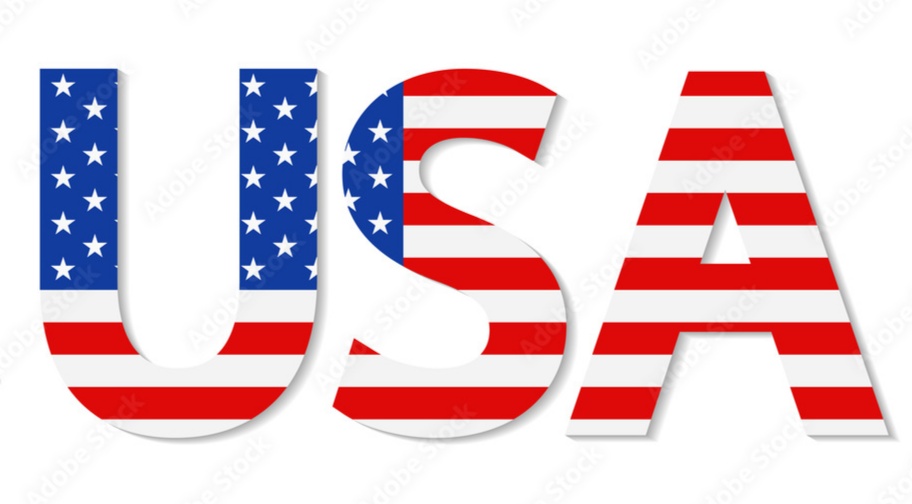American Flag Day

flag of the United States on June 14, 1777, by resolution of the Second Continental Congress. Here’s a bit more detail on its origin and the meaning behind the design
the facts about the U.S. flag and when to fly it at half staff. Learn about other national symbols.
- Establishment
- National Recognition

American flag
Stars and Stripes
- Stars: The flag has 50 stars, each representing a state in the United States.
- Stripes: There are 13 stripes on the flag, representing the original 13 colonies that declared independence from Britain in 1776.
- Colors: The colors of the flag also have significance. Red symbolizes valor and bravery, white signifies purity and innocence, and blue represents vigilance

History of the American flag
Flag Day
It wasn’t until 1916, when President Woodrow Wilson issued a proclamation establishing June 14 as Flag Day, and later in 1949, when Congress approved the national observance, that Flag Day became official.
The idea of Flag Day was first proposed by Bernard J. Cigrand, a schoolteacher, in 1885. He arranged for the students in the Fredonia, Wisconsin, Public School to observe June 14 as “Flag Birthday”.
Design and Symbolism
- Stars: There are 50 white stars on a blue field in the upper left corner of the flag, each representing one of the 50 states in the Union.
- Stripes: The flag has 13 horizontal stripes, alternating red and white, which represent the original 13 colonies that declared independence from Great Britain in 1776.
- Colors: The colors of the flag have specific meanings:
- Red: Signifies valor and bravery.
- White: Symbolizes purity and innocence.
- Blue: Represents vigilance, perseverance, and justice.
flag of the United States of America, often referred to as the Stars and Stripes, is a powerful national symbol with a rich history and deep meaning. Here are the key
Each of the colors on the flag has a meaning:
- Red: valor and bravery
- White: purity and innocence
- Blue: vigilance, perseverance, and justice
A star is added to the flag when a new state joins the United States. The flag was last modified on July 4, 1960, when Hawaii was incorporated as a state.
When to fly the flag at half-staff
The American flag flies at half-staff or at half-mast when the country or a state is in mourning. The president, a state governor, or the mayor of the District of Columbia can order flags to fly at half-staff.
In most cases, an American flag flying at half-staff marks one of three observances:
- The death of a government official, military member, or emergency first responder
- A national tragedy
- Memorial Day or another national day of remembrance
The Great Seal
The Great Seal of the United States is a national symbol used in official documents such as treaties and commissions. The final design was approved in 1782 and includes a bald eagle, an olive branch, arrows, a flag-like shield, the motto E Pluribus Unum (which translates to “out of many, one”) and a constellation of stars.
Learn more about the Great Seal.
The bald eagle
The bald eagle was designated as the national emblem by the U.S. Congress in 1782. Since then, it can be found on official documents, the presidential flag, the Great Seal, military insignia, and coins and bills. Learn more about the bald eagle [PDF, 66KB].
More Reading
What happens in 4th of July in USA?
Why is the 4th of July celebrated in America?
What national day is on July 4?
What happens in USA on 4th of July?
What is 4th of July called in USA?
What happened on 4 July 1776?
what actually happened on july 4th, 1776
4th of July meaning in love
4 july usa fireworks

 , Best Earn Money 2025
, Best Earn Money 2025
